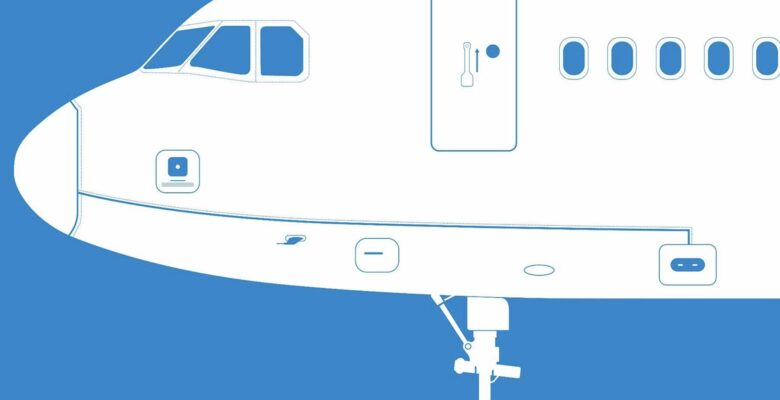Before explaining the steps of the EASA Rulemaking, it is important to know that The Executive Director of EASA shall establish annually a 5-year Rulemaking Programme after consultation with the Member States and the Interested Parties’ Advisory Bodies (Technical Bodies and Stakeholders).
These Rulemaking Programmes shall consider the relevant developments in European Union and international law and the identifies safety hazards, risk assessment studies and other research activities undertaken by the Agency and other organizations.
The projects in the EASA Rulemaking Programme shall be supported by PIAs or Preliminary Impact Assessment, which are studies on the implementation impact of some amendments in rules, except in the case of systematic rulemaking projects to address miscellaneous issues of non-controversial nature.
EASA Rulemaking Programme process milestones
Once a rulemaking project is started, the next relevant milestones need to be reached:
- Start: Terms of Reference. The Executive Director of EASA shall draw up a document named Terms of Reference (ToR) for each rulemaking project after consulting the advisory bodies. The ToRs, which shall be published on the Agency’s website, shall include the following:
-
- A clear definition of the project and its scope.
- The process to be followed for the development of the project.
- The necessity to conduct a RIA or Regulatory Impact Assesment, which is a study aimed to ensure that the proposed amendment is based on evidence and sound analysis, and to asses the need for a performance-based approach.
- A timetable for the completion of the project.
- The type of deliverable.
- A concept paper, if developed, in case of a complex or controversial project.
New rules or amendments to existing ones shall be drafted in accordance with the ToRs.
- Consultation: Notice of Proposed Amendment. Upon completion of the drafting of the proposed rule, the Executive Director shall verify that the rule satisfies the objectives of the ToRs established for the rulemaking project and shall issue a notice of proposed amendment (NPA), which shall be published on the Agency’s website, including the following information:
-
- An explanatory note describing the development process, a summary of proposed changes and details of the situation with respect to Member States and harmonisation with other aviation authorities or international organizations, such as ICAO.
- The proposed draft rules.
- A Ria, if applicable, as specified in the ToRs.
- Proposed actions to support implementation.
Once the NPA is published, a consultation period opens. This consultation is carried out by means of the EASA Comment Response Tool or CRT. Any person or organization with an interest in or being affected by the draft proposed rule may submit their comment . The public consultation period may vary from 1 to 3 months.
The Executive Director may initiate an A-NPA (Advance Notice of Proposed Amendment) public consultation phase prior to the NPA consultation, in those cases where the programming, initiation or drafting of a rule has revealed a need for a broader discussion of new concepts or for further data/information prior to the drafting of an NPA.
- Proposal to Commission: Opinion. This milestone is only reached if the proposed rule is a Hard Law of Commission Regulation, which EASA has no power to publish without European Parliament approval. After the evaluation of all the comments submitted on the published NPA, and Opinion is issued by the Executive Director of EASA, in which the final considerations about the project are included. These Opinions shall include:
-
- An explanatory memorandum.
- A revised RIA, if the final text differs significantly from that presented at the beginning of the consultation.
- Adoption by Commission: Implementing Rules. As the one before, this milestone is only reached if the proposed rule is a Commission Regulation. After the Opinion is published, the conclusions of the regulation project are taken to European Parliament for their approval. If the approval is given, the regulation is published on the Official Journal of European Union and, afterwards, on EASA webpage.
- Decision: CS, AMC and GM. This milestone can be reached by two means:
-
- If the proposed rule is a Commission Regulation, once the Regulation is published, it may need supportive rules that EASA can independently develop, such as Acceptable Means of Compliance (AMC), Guidance Material (GM) of Certification Specifications (CS). This material is published together with a document named Decision, in which the Executive Director of EASA declares that the rules has been developed. This supportive material is also called Soft Laws.
- If the proposed rule is only a Soft Law, the Decision is published after the consultation period, together with the developed material.
The EASA Rulemaking Programme means the development and issuing of rules for the implementation of the Basic Regulation in aviation sector, so, if you want to know more about its scope or about the operations manual for air operators in EASA regulatory framework, subscribe to the EASA Quality Compliance Newsletter, in which you will find information on new technologies, tools for the aviation industry and quality and compliance monitoring management for air operators.
In addition, to be updated with the EASA regulation, request a free demo of SICOMO solution and ensure an improvement in the efficiency of the quality and compliance departments, thanks to their characteristics, specifically designed by a group of people with vast experience in the aviation sector.




Leave a Reply